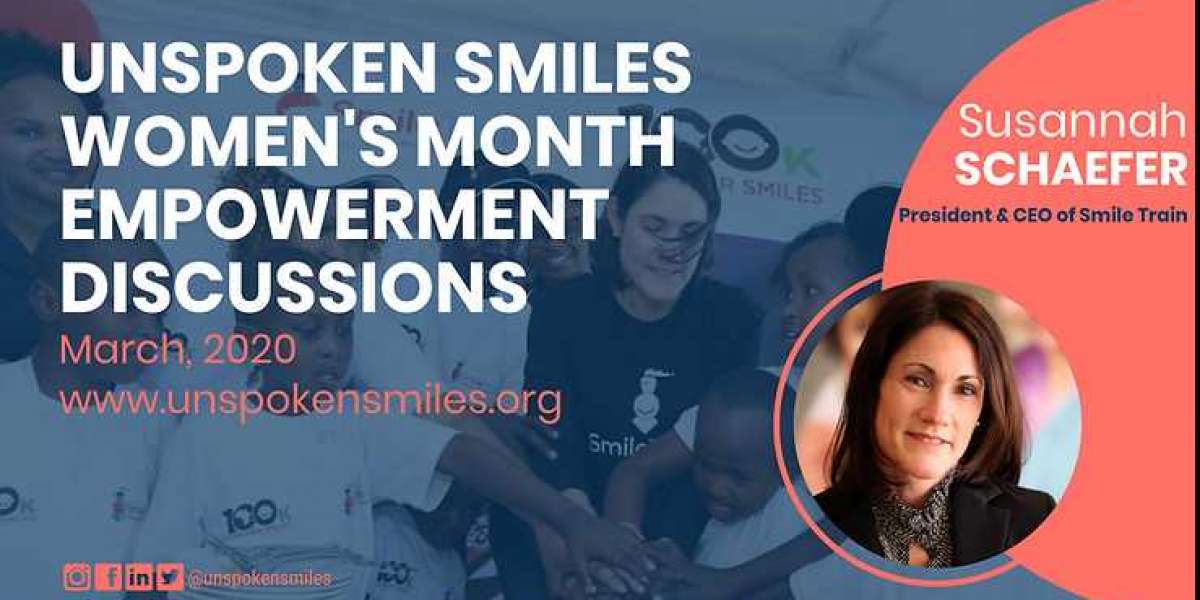Q: So first, can you tell us a bit about how you make the case for diversity in your organization – What do you think are the most effective ways to make this case, or what strategies do you see as key for developing innovative diverse teams? What successes have you or your organization had thus far?
A: As a global nonprofit, our 'culture' extends past the walls of our office – diversity is ingrained in everything we do.
We have local leaders spread out around the globe and we pride ourselves on being a family. We are truly connected to our colleagues all around the world. This feeling of family comes top down: it is something I look to instill in every team member at every level. This reflects how much inclusion is a part of our organization. In order to ensure a successful, diverse organization you must always be conscious of diversity and building an integrated, supported, diverse team that should be a part of every effort.
And as a woman CEO who was a member of the Board of Directors for 17 years, supporting women has always been critical to my goals personally and as an organization. In fact, every single one of our Regional Directors, which includes North Asia, Asia, Africa, the Americas, and Europe, are women.
We also offer every employee the opportunity to take a personal “Journey of Smiles.” This one-time benefit allows employees to see our programs in action, to interact with our colleagues abroad, and to truly understand what Smile Train does and the people we work with every day.
Q: Do you remember a specific experience of where you wished that Smile Train had done something differently? If you were to do it over, what would you change?
A: As detailed more below, as a woman CEO coming into an organization with a maternity policy I did not support, I did everything I could to change it immediately.
While previously out of my control, it is something I wish I could have supported even sooner to help foster a better workplace for current employees, as well as help encourage and attract a new generation of young women to join our organization.
As I mentioned, today 70% of the Smile Train workforce are women – a number I am proud of and hope to see grow in the future.
Q: What was your organizational culture like 10 years ago for women and working mothers?
A: When I became CEO about seven years ago, I immediately saw several ways we could help improve our organization to better support our growing base of women employees and working mothers.
We significantly improved our maternity leave policy and now offer increased flexibility in working hours and working from home for new mothers.
We believe every parent should have a transition period and have the comfort and flexibility to ease back into work after returning from maternity leave. In our new office, we’ve also designed a full-service wellness room where new mothers can be comfortable handling any needs.
Q: As a follow-up to the previous question, Do you feel the company makes annual efforts towards improving the culture for this cohort?
A: As a company with a wealth of women leaders, including myself, we are constantly revisiting our benefits, offerings, policies, and workplace to ensure we are best serving our employees.
We listen to our employees and take their feedback into account.
When moving into our new office space, we asked for input, feedback and “goals” for the workplace to help design a space all of our employees would thrive in each day. Among this, of course, was our newly designed wellness room – and we are always looking for ways to make women and working moms in the workplace feel their best and most comfortable in order to succeed.
Q: You are leading one of the most valuable cleft treatment programs in the world. How will you move forward during this uncertain time?
A: As always, our top priority remains the safety and well-being of our whole network, from beneficiaries, medical partners, friends, family, and global supporters.
We are monitoring all of our regions daily, including the areas where our programs are currently most affected, including Asia, South and Central America, and Africa. As the situation develops, we are ensuring they all have the support they need.
We are lucky that our unique, sustainable model of empowering local medical professionals allows our regional partners to remain on the ground, providing needed care in their communities—including cleft care—where it is medically advisable to do so.
The needs of every region and every medical partner are different, but they share an unwavering commitment to providing life-saving cleft surgeries.






